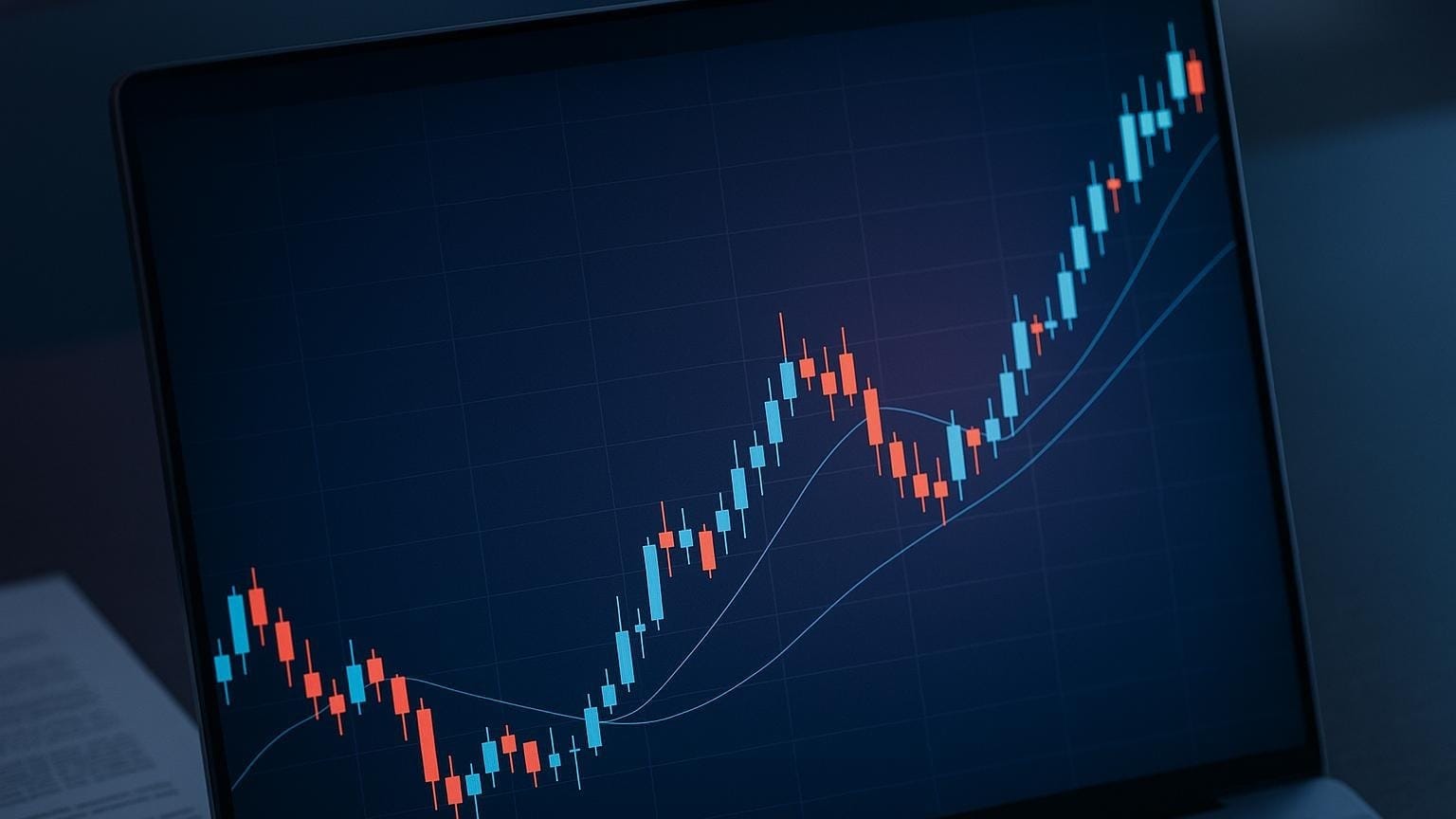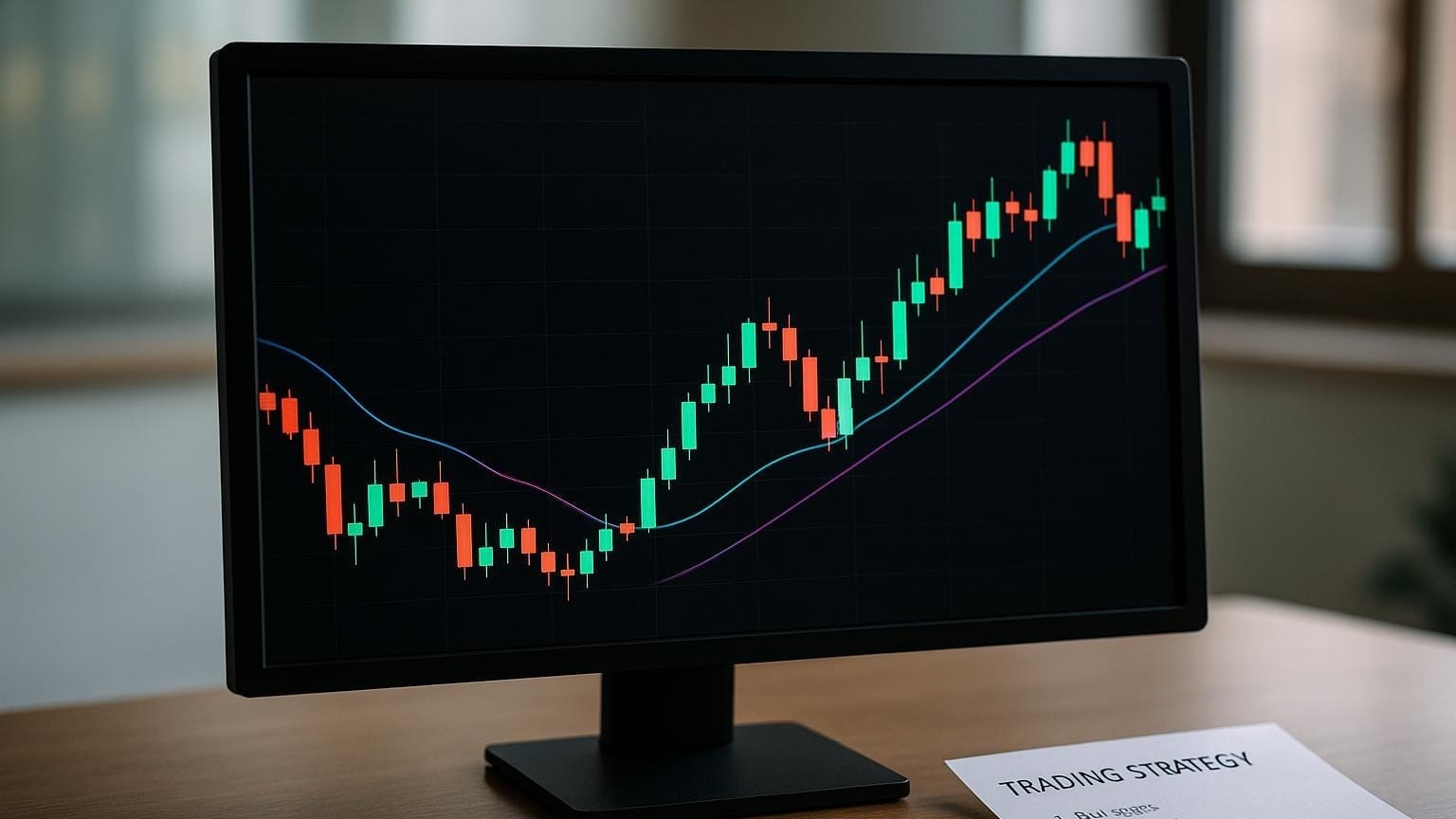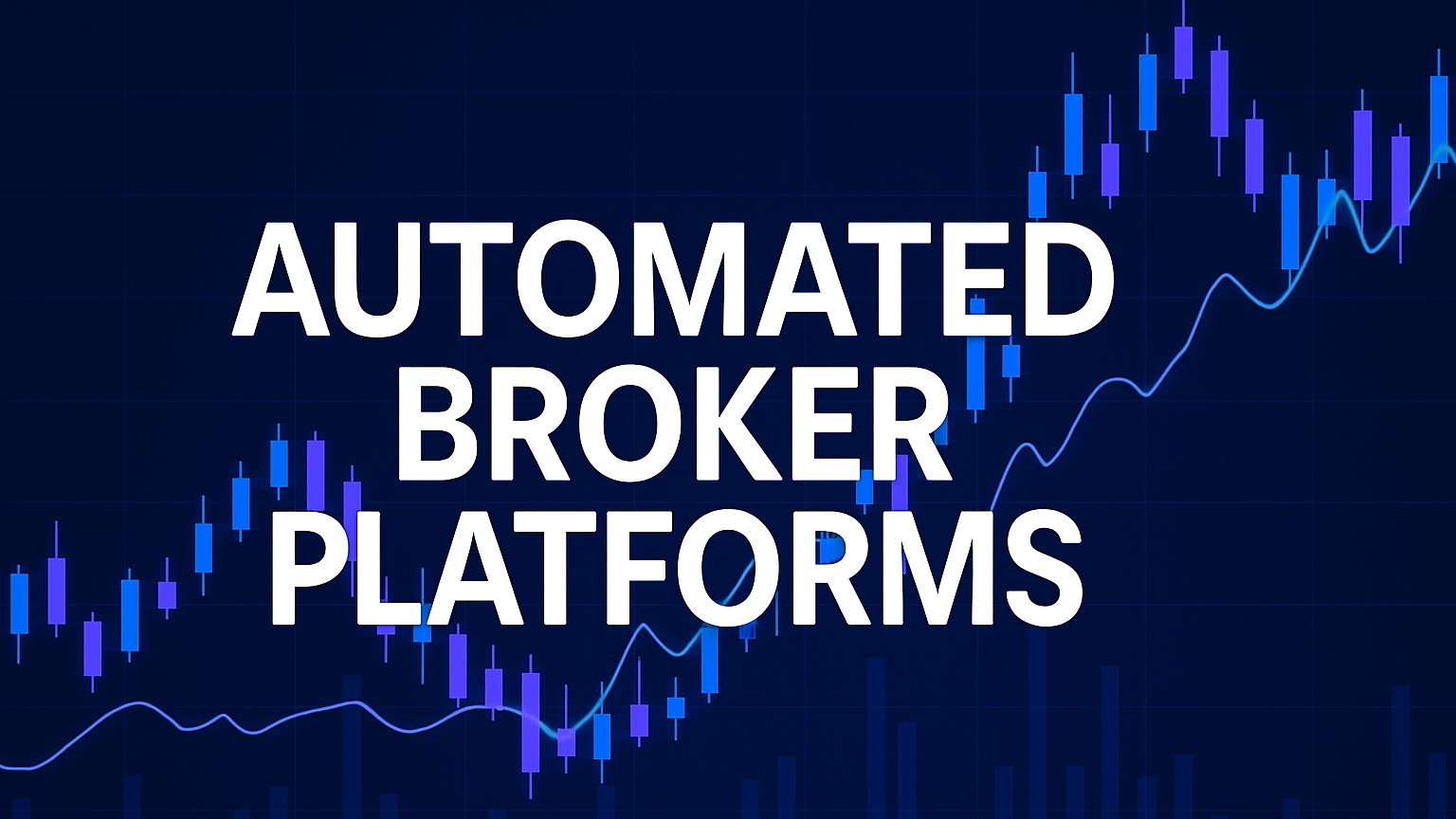Explore the evolution of algorithmic trading from basic scripts to advanced AI systems that enhance decision-making and market efficiency.
Algorithmic trading has transformed financial markets, evolving from simple rule-based scripts to advanced AI-powered systems. Here's what you need to know:
- Early Days (Scripts): Basic “if/then” rules automated trades, reducing human error but lacking adaptability.
- Quantitative Models: Introduced complex math to identify market opportunities and manage risks.
- High-Frequency Trading (HFT): Super-fast systems exploited price differences, reshaping market dynamics.
- AI Integration: Self-learning systems now analyze massive data, predict trends, and adjust strategies in real time.
Quick Overview
| Phase | Key Feature | Impact |
|---|---|---|
| Basic Scripts | Rule-based automation | Simplified trading processes |
| Quant Models | Math-driven strategies | Enhanced decision-making |
| HFT | Millisecond execution | Improved efficiency, raised risks |
| AI Systems | Adaptive learning | Predictive analytics, real-time adjustments |
AI now leads the charge in many workflows, powering sentiment analysis, portfolio construction, and risk controls. Solutions such as IBM Watson and LuxAlgo’s AI Backtesting platform help traders design and validate strategies responsibly. Want to stay ahead? Pair AI-driven methods with robust data management and risk rules.
The Integration of Machine Learning and AI in the Evolution of Algo Trading Systems
Basic Trading Scripts: The First Steps
Basic Script Operations
In the early days of algorithmic trading, rule-based scripts were used to automate traditional trading processes...
AI Systems in Trading

Self-Learning Trading Systems
AI trading systems rely on machine learning models that continuously learn and improve from market data...
AI systems are particularly effective at:
- Handling massive amounts of data efficiently
- Spotting intricate market trends
- Adjusting to changing conditions in real time
- Reducing emotional decision-making
A notable example is the Amplify AI-Powered Equity ETF (AIEQ), which has used AI services to analyze large datasets for portfolio construction.
Current AI Trading Uses
Modern AI systems support a range of applications. Common areas include predictive analytics and risk management.
| Application | Function | Impact |
|---|---|---|
| Sentiment Analysis | Reviews news and social media | Detects early market trends |
| Portfolio Management | Adjusts asset allocation | Balances risk and returns |
| Market Prediction | Analyzes diverse data sources | Improves forecasting consistency |
| Risk Assessment | Tracks market conditions | Enables quick risk adjustments |
Alternative data examples include location analytics and anonymized receipts, which have been used to anticipate earnings trends ahead of official releases.
Advanced AI Methods
AI has evolved from basic scripts to deep learning systems capable of analyzing vast amounts of financial data. The use of synthetic data can bridge gaps in historical records while mimicking real-world dynamics.
AI-powered backtesting on LuxAlgo prioritizes relevant historical regimes and supports rules-based entries/exits, helping traders understand potential outcomes before going live.
Current AI Trading Tools
Main AI Trading Features
Modern AI trading platforms go beyond basic algorithmic systems, offering tools that analyze real-time data from markets, news, and social media.
| Feature | Capability | Impact |
|---|---|---|
| Pattern Detection | Analyzes historical and real-time data | Spots potential opportunities |
| Risk Management | Stop-loss rules and position sizing | Helps during volatile conditions |
| Sentiment Analysis | Processes news and social media | Measures market mood |
| Portfolio Optimization | Continuously adjusts allocation | Targets risk/return balance |
| Backtesting | Tests rules on historical data | Validates approaches before live trading |
LuxAlgo Platform Overview
LuxAlgo provides advanced technical analysis toolkits on TradingView and an AI Backtesting platform. Core TradingView toolkits include:
- Price Action Concepts (PAC): Automates pattern detection and market structure analysis.
- Signals & Overlays (S&O): Provides real-time trading signals and customizable overlays.
- Oscillator Matrix (OSC): Focuses on divergence detection and trend analysis.
The AI Backtesting Assistant lets traders test strategies across multiple assets and timeframes. For TradingView-based testing, see the PAC Backtester, S&O Backtester, and OSC Backtester. Explore forecasting and optimization features to refine settings.
Plans: The Free Plan ($0, lifetime) includes access to the Library of indicators. Premium is $39.99/month (advanced signals and oscillator tools on TradingView). Ultimate is $59.99/month and includes the AI Backtesting platform.
Using AI Trading Tools
To make the most of AI trading systems, focus on three areas:
- Data Quality Management
Ensure the system is fed with accurate, reliable data from trustworthy sources. For price action context, see liquidity & microstructure. - Risk Management Integration
Use platforms with robust risk tools. On TradingView, LuxAlgo Backtesters support stop-loss/take-profit rules and parameter testing. - Performance Monitoring
Continuously track system performance and review edge stability across regimes.
“The effectiveness of AI-powered trading bots depends on their design, the data they are fed, and the market conditions they operate in.”
While AI can process data at high speed, human oversight remains essential to ensure strategies align with objectives.
Next Steps in Trading Technology
New Trading Technologies
Emerging technologies are reshaping market dynamics, with blockchain and AI leading the charge.
| Technology | Implementation | Impact |
|---|---|---|
| Blockchain | LMAX Group decentralized systems | Simplifies trading processes and expands market accessibility |
| AI Integration | JPMorgan’s LOXM system | Enhances trade execution by analyzing historical data |
| Advanced Analytics | BlackRock’s Aladdin | Uses AI-driven sentiment analysis to support portfolio management |
Trader Preparation Guide
To stay competitive, traders can adapt to these changes by focusing on three areas:
- Improved Data Management
Build a strong data pipeline; align with liquidity/microstructure concepts for execution context. - Streamlined Regulatory Compliance
Automate monitoring and documentation where possible. - Upgraded Technology Infrastructure
Refine tech strategies to simplify workflows and improve resilience.
Main Points Review
These trends are shaping the future of trading. AI is increasingly central to decision support, especially in high-liquidity markets. Key developments include:
- AI-assisted ETFs and funds with higher turnover relative to some traditional peers
- Growing adoption of AI for investment decision-making
- Improved risk oversight via automated monitoring tools
“Capital markets are on the cusp of transformative change, propelled by advanced technologies like blockchain. Despite hurdles—including integration with legacy systems and regulatory uncertainty—the move toward digitization continues.”
References
- LuxAlgo — Official Site
- LuxAlgo — AI Backtesting Assistant
- AI Backtesting Assistant — Docs
- LuxAlgo — Pricing & Plans
- Price Action Concepts — Intro
- Price Action Concepts — Market Structures
- Signals & Overlays — Intro
- Oscillator Matrix — Intro
- Backtester (PAC) — Intro
- Backtester (S&O) — Intro
- Backtester (OSC) — Intro
- Backtesters — Forecasting
- Backtester (S&O) — Optimization
- AI Backtesting — Blog Deep Dive
- Price Action Concepts — Liquidity
- Amplify AI-Powered Equity ETF (AIEQ)
- Renaissance Technologies
- Virtu Financial
- Citadel Securities
- LMAX Group








